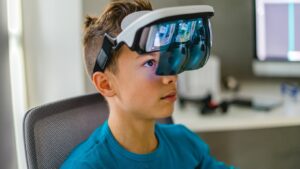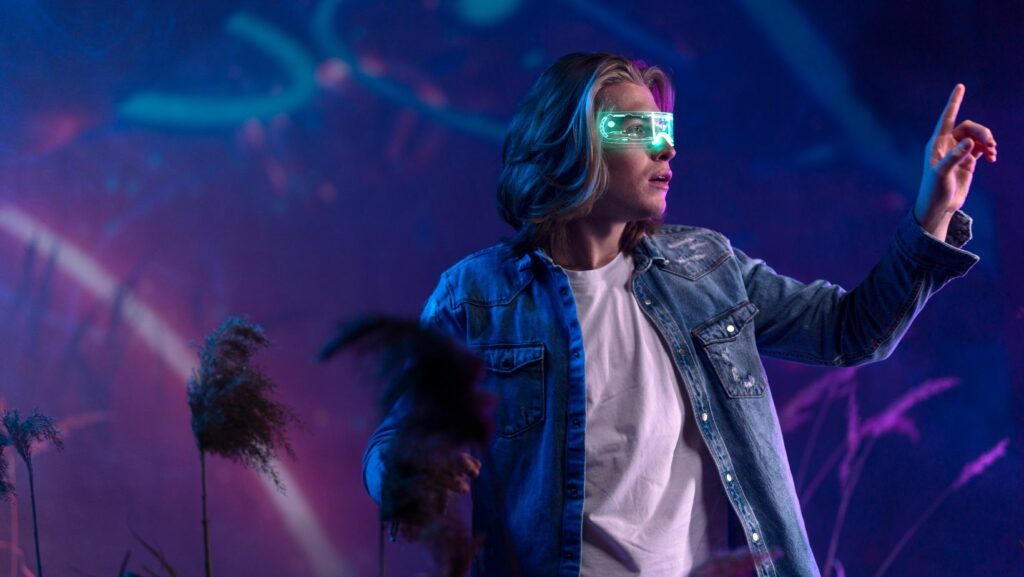Stepping into the future of fashion has never been more exhilarating with the rise of augmented reality. As a fashion enthusiast, I’ve witnessed a remarkable shift in how technology is revolutionizing the way we experience and interact with style. Augmented reality is not just a trend; it’s a game-changer that merges the physical and digital worlds seamlessly.
Imagine being able to try on the latest runway looks from the comfort of your home or customize your wardrobe with a simple tap on your device. Augmented reality fashion opens up a realm of possibilities for personal expression and creativity. Join me on a journey where innovation meets style, and discover how this cutting-edge technology is reshaping the fashion landscape.
Augmented Reality Fashion
The Rise of AR in the Fashion Industry
In recent years, augmented reality (AR) has been making significant strides in the fashion industry. It has revolutionized the way brands showcase their products and how consumers interact with them. With AR technology, fashion enthusiasts can now virtually try on clothing and accessories without stepping foot in a physical store. This trend is not only enhancing the shopping experience but also boosting customer engagement and satisfaction. Brands are leveraging AR to provide a more interactive and personalized approach to fashion, tapping into the digital-savvy generation’s preferences.
How Augmented Reality is Transforming Shopping Experiences

Augmented reality is redefining traditional shopping experiences by bridging the gap between brick-and-mortar stores and online shopping. With AR applications, customers can visualize how an outfit fits them, experiment with different styles, colors, and sizes, all from the comfort of their homes. This immersive technology allows for a more informed purchasing decision, reducing the likelihood of returns due to sizing issues. Moreover, AR enhances the shopping journey by creating a seamless blend of physical and digital realms, offering a futuristic and engaging way to explore and shop for fashion items.
The Technology Behind Augmented Reality Fashion
AR Applications in Fashion Design
In the realm of fashion design, augmented reality (AR) has emerged as a powerful tool reshaping the creative process. Designers like myself leverage AR technology to visualize and conceptualize their ideas more effectively. By superimposing virtual elements onto the real world, AR allows me to experiment with textures, colors, and patterns in real-time. This immersive experience enhances my design process, enabling me to iterate swiftly and bring innovative concepts to life seamlessly.
The Role of Smartphones and AR Glasses
Smartphones and AR glasses play a pivotal role in democratizing the adoption of augmented reality in the fashion industry. These devices serve as the gateway for consumers to access AR experiences conveniently. With just a tap on their smartphones or by donning AR glasses, users like me can instantly try on virtual garments, mix and match styles, and personalize their looks without visiting a physical store. This seamless integration of AR into everyday devices is revolutionizing the way I engage with fashion, empowering me to curate my personal style effortlessly.
Benefits of Augmented Reality in Fashion
Enhancing Customer Engagement

Augmented reality in fashion significantly enhances customer engagement by offering immersive and interactive experiences. It allows users to virtually try on different clothing items and accessories, helping them make informed purchase decisions without physically trying them on. This technology enables customers to visualize how outfits will look on them, leading to a more engaging and personalized shopping experience. By engaging with AR features, customers can enjoy a unique and innovative way of interacting with fashion products, increasing their interest and involvement in the brand.
Reducing Return Rates Through Virtual Try-Ons
Virtual try-on experiences powered by augmented reality help reduce return rates in the fashion industry. By allowing customers to see how clothes fit and look on them virtually, AR technology minimizes the chances of purchasing ill-fitting or unsuitable items. This feature provides a realistic preview of how the products will appear in real life, enabling customers to make better-informed decisions before making a purchase. As a result, the need for returns due to size or style issues is decreased, benefiting both customers and retailers by streamlining the shopping process and improving overall satisfaction levels.

